Similarly, in plants, it’s a little bit more complicated, because often in plants you need interspecies communication. Plants need to communicate with the insects, and color is one of the forms that plants use in order to communicate with pollinators. They create color that can attract and be very visible with respect to the background, to have a sharp contrast so that the pollinators are faster to identify them, and then essentially serve for the plants to distribute the pollen and favor the reproduction of the plant itself.
Understanding the role of color in nature
Professor of Chemistry and Bio-materials
- Color is used by animals and plants as a form of communication, like attracting mates or pollinators.
- Color can be created by pigments or through structural effects like light interference.
- Structural color is dynamic, iridescent and often more vibrant than pigment-based color.
- Nature uses sophisticated structures to produce and manipulate color in surprising ways.
Communication through color
Colors are very important as communication. This is true in our society – something you say, "we dress to impress" – but this is also true for other living organisms. For example, between animals, in the case of birds, it's the most spectacular example. Males and females have different plumage, and often the coloration of the plumage is used to demonstrate that the individual is healthy and strong. So it's like a form of communication: "Look at me; I'm a good mate."
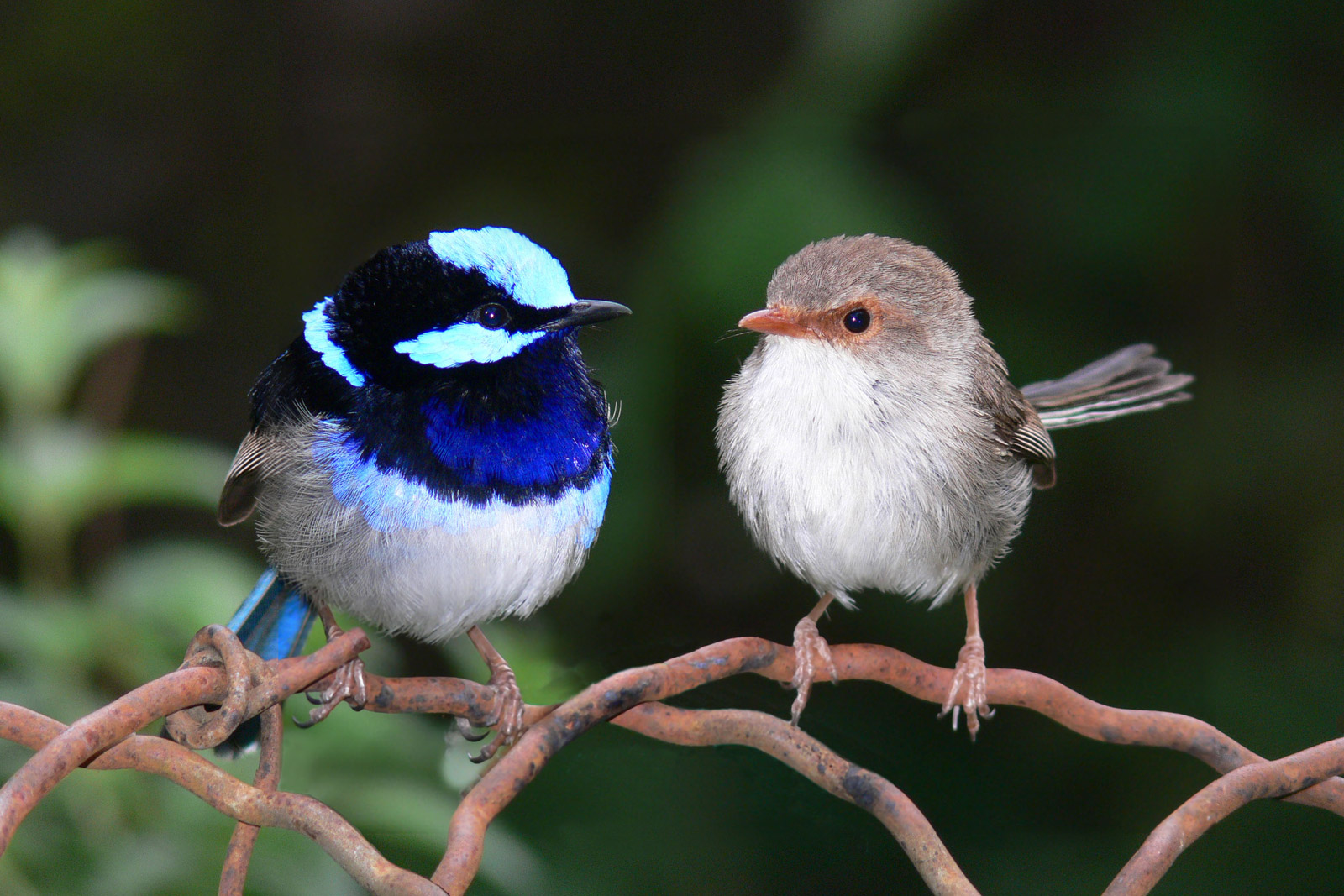
© benjamint444
Color in nature
If I were to explain how color works, I would explain first the two main mechanisms by which you can obtain color. The first mechanism is using pigment or dyes. Pigments or dyes are molecules, and depending on the chemical composition of the molecule, they can absorb part of the visible spectrum – the light that we see around us – which is a bright white light. Then, what is not absorbed is reflected, and this is the color that you perceive.
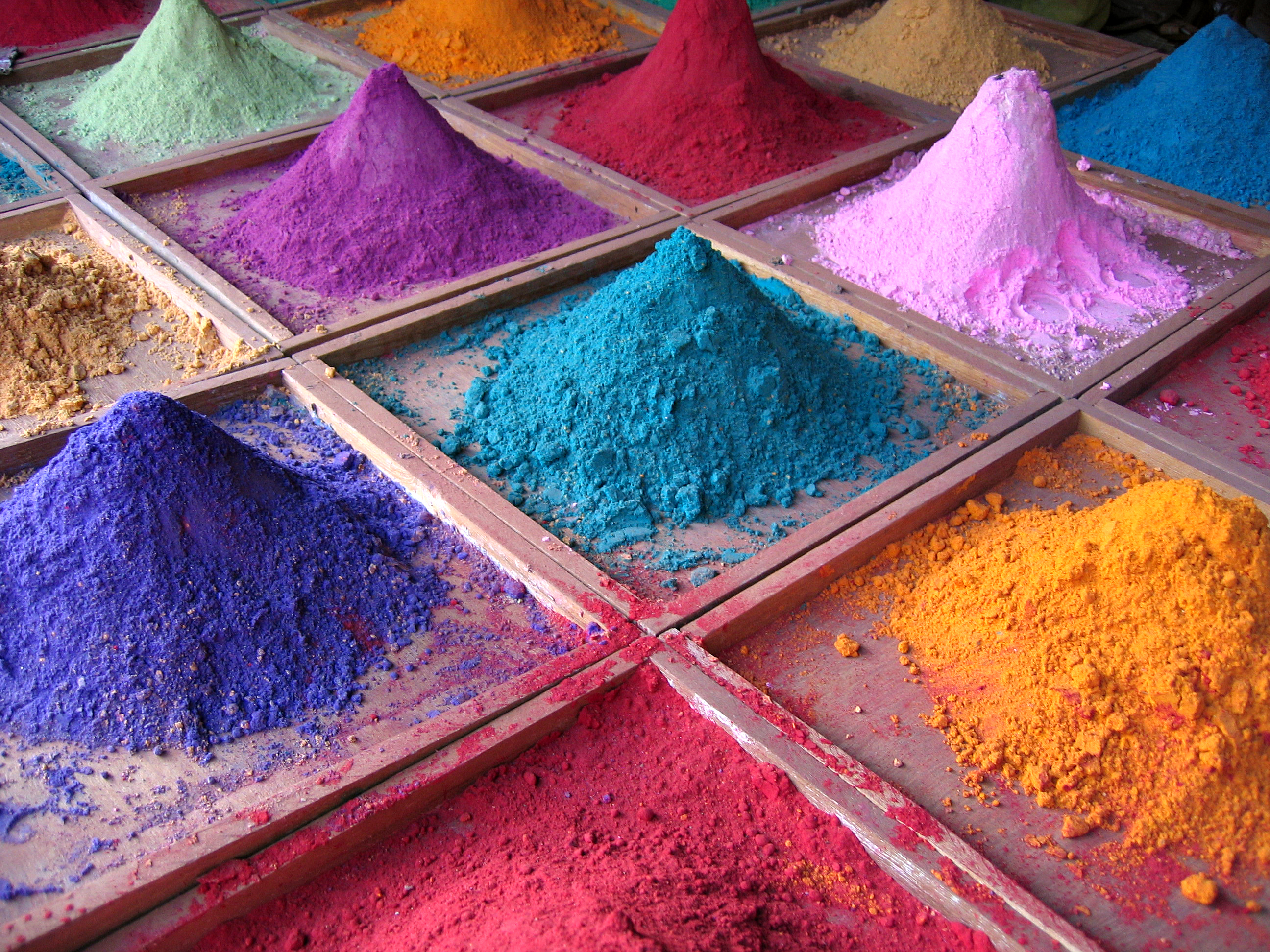
© Dan Brady
These colors are usually the colors that you see around you. For example, your T-shirt, your jacket – there are specific pigments that are fixed on the fabric and give you their colors. What you do not see is the part of the light that is absorbed.
If we focus on pigments in nature, there are many different ways plants use to make coloration. For example, leaves or grass have a green coloration using chlorophyll, which not only has the function of giving color to plants, but is also responsible for photosynthesis. In other parts of plants, for example, flowers, pigments are used mainly to attract pollinators, and the colorations are much more diverse. You can have flowers that are yellow, you can have flowers that are red, but you can also have flowers that emit in the UV, or ultraviolet, range we cannot see, but many insects and pollinators can observe. This is another way to produce color in nature.
Structural color basics
There are also colors in nature that can be produced from transparent material. This sounds a bit strange, but in reality, we see this phenomenon around us every day: when we are washing dishes, for example, in the form of soap bubbles.
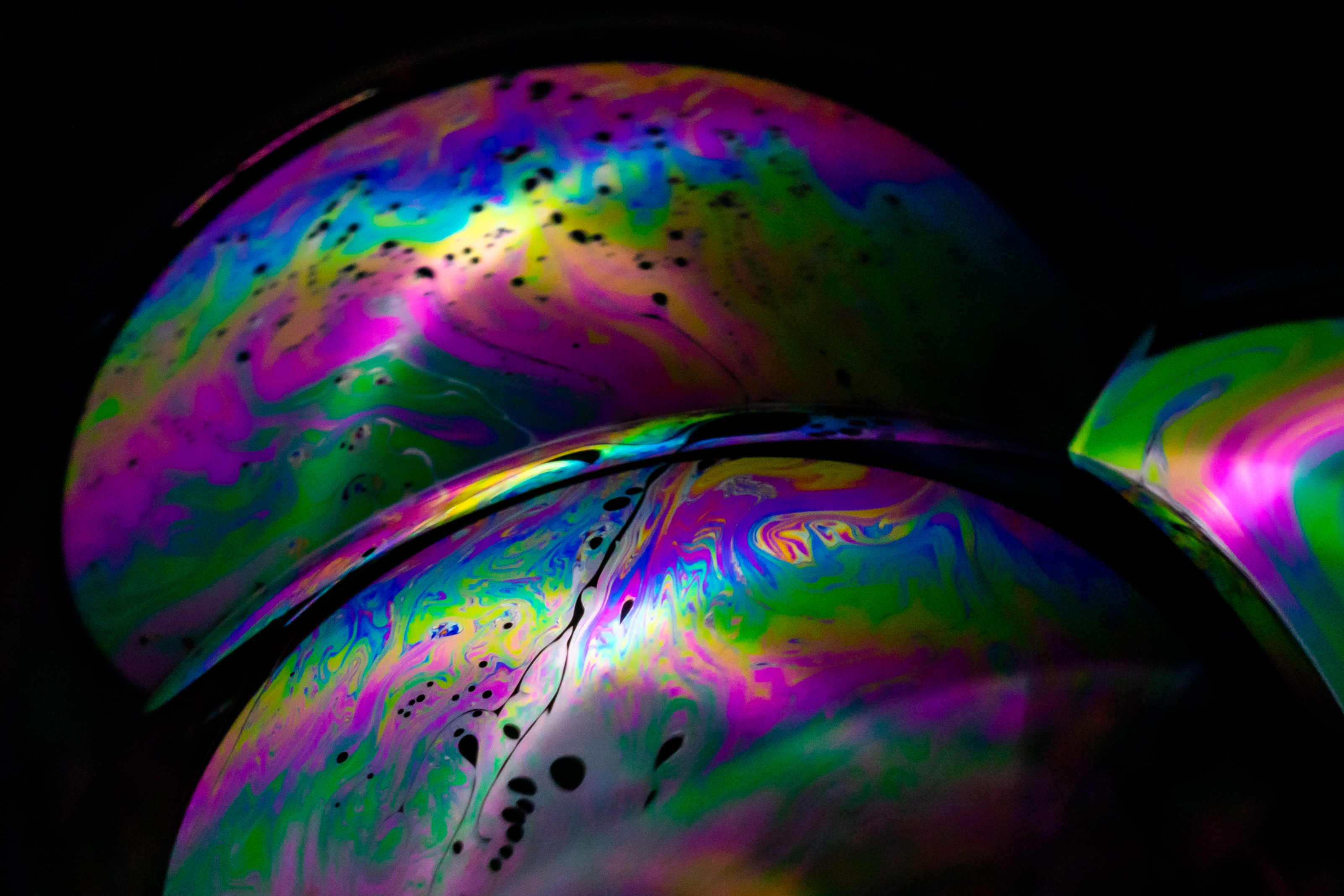
© Dietmar Rabich
When a soap bubble is formed, you have a really thin layer of water and soap. This thin layer of water and soap, just because of the thickness of the layer, interacts with light through a phenomenon called interference. Then you can create color – all the colors of the rainbow – without having a specific pigment. These are called structural colors.
To see structural color in real life, you simply need to sit and look carefully at the neck of a pigeon. You will observe that, as the pigeon changes the direction of its neck, the coloration of the plumage on the neck completely changes. This is an example of structural color.
It is not by chance that the first written report of structural color dates back to Lucretius, more than 2,000 years ago, while he was observing the feathers of a peacock. He actually even proposed a theory, realizing that this color didn’t depend solely on the material, but had to do with something else: the interaction between light and the material itself. He gave a completely wrong explanation of the physical principle, but the observation was intuitively right.
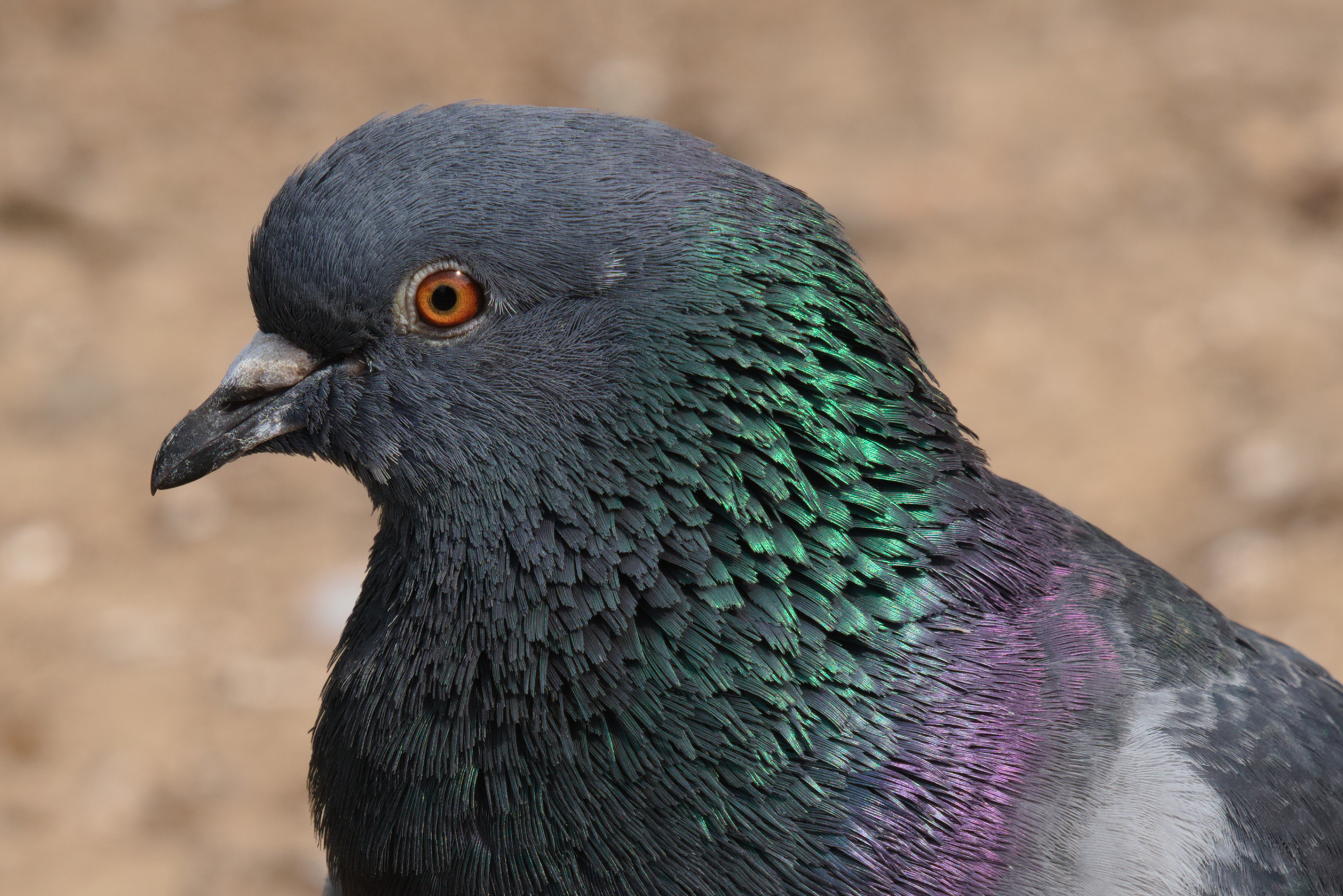
© Satdeep Gill
Structural vs. pigment color
Structural colors are real colors because you can perceive them as coloration, but they are not produced in the traditional way you expect to make color, which is with pigment. I would call them special colors, because usually color is a property of the material. In this case, the color is just a property of the structure.
What do I mean by that? I mean that with the same material, you can produce all the different colors that you see in the visible spectrum, and that is what is special about structural color.
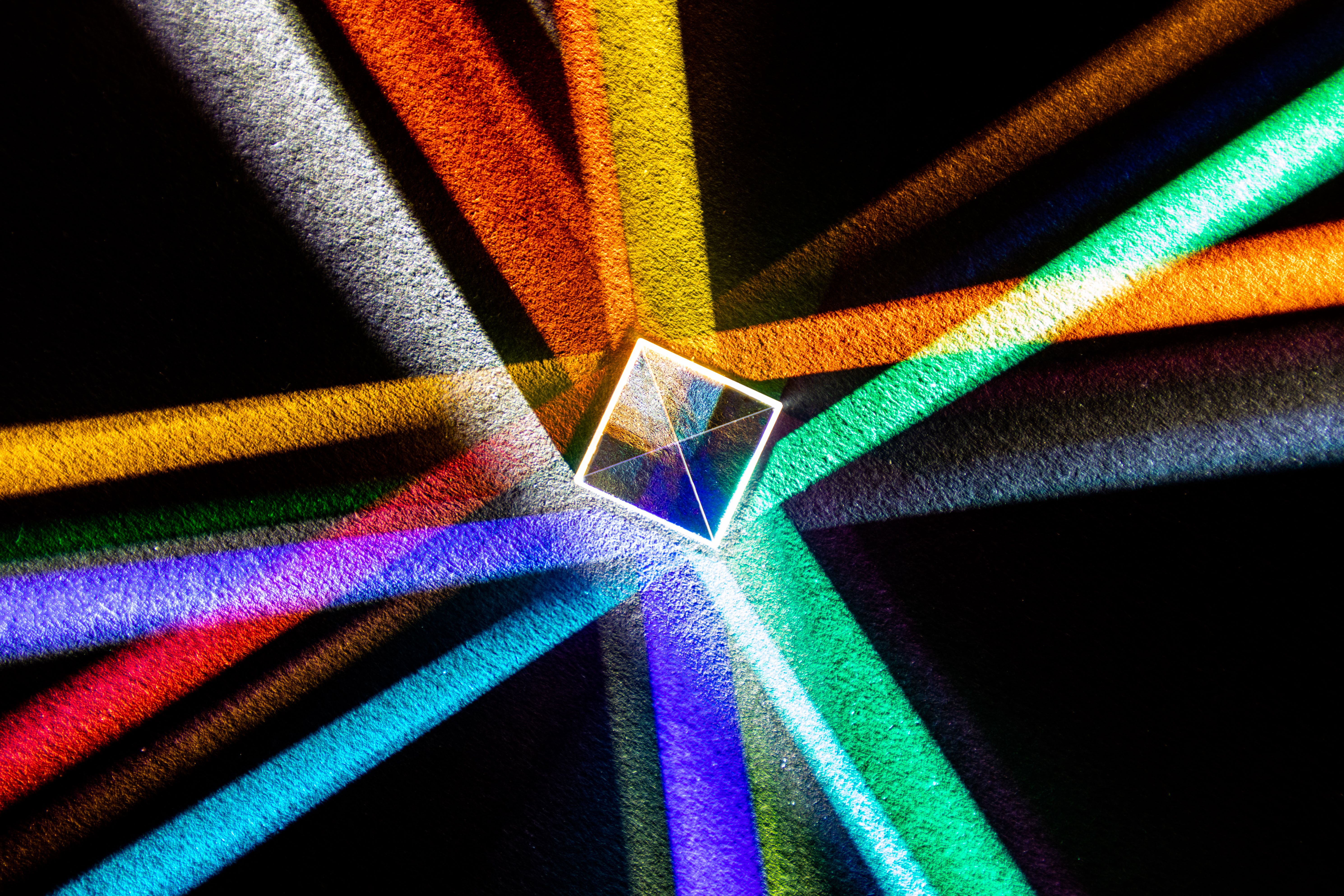
© Dietmar Rabich
In contrast with pigmentation, if you have a pigment that absorbs a specific part of the light spectrum and reflects the rest, unless you change the chemical composition of the material, you cannot change the spectral response.
Creating iridescent color
In the context of structural color, the color is called iridescent. Iridescent means that depending on the angle or direction from which you are looking at the color, the color changes. This happens because the light interacts with the structure in different ways, and this difference is simply due to the angle at which the light impinges on the structure.
This is much less important in the case of pigment, because it is an absorption property. Even if the absorption slightly changes depending on the angle, with our eyes we are not able to perceive a color change, because you’re just changing the intensity slightly. But in the case of structural color, changing the angle really changes the way the light interacts with the material, and therefore you obtain a completely different coloration.
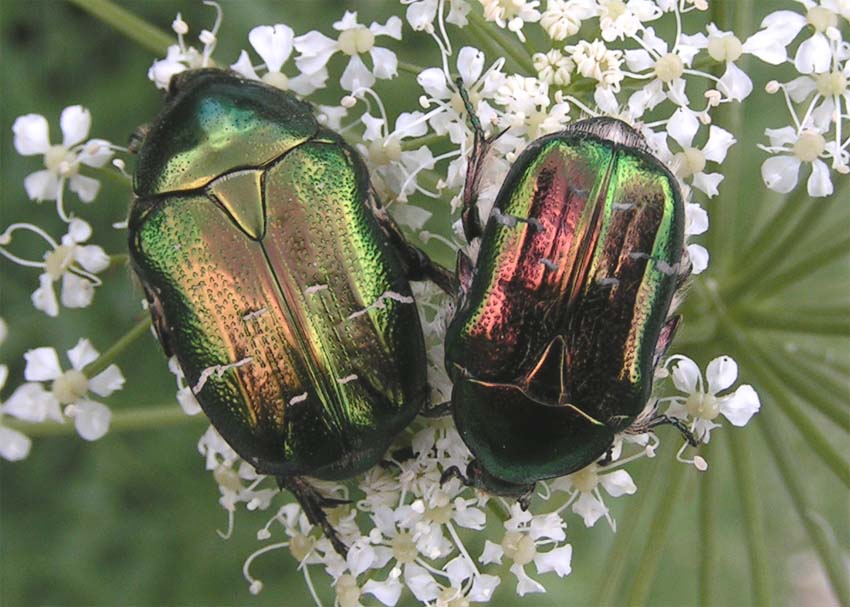
© Ericsteinert
Usually, structural colors are much more vivid, and they have this iridescent aspect – meaning the color changes depending on the angle – and the coloration is really bright and shiny. Therefore, structural colors are often used to be better seen and are also used for photoprotection, for example.
The light interaction
If I were to draw the mechanism responsible for structural color, which is called interference, first, you have to imagine light as a wave. So just think about a wave in the sea that is propagating.
Then you have to think about constructive interference, similar to two mechanical waves that are traveling exactly in the same phase, as we call it – so, not antiphase. That means when one wave is up, the other one is also up. They are constructive. What happens when it is constructive interference is that, because the two waves have the same phase, the intensity can be larger.
In contrast, when you have two waves that are in opposite phase – so one is up while the other is down – you have the opposite effect: they can cancel each other out. This is somehow similar to what happens with light. When you have constructive interference, you can see light. In contrast, when you have destructive interference, it can cancel out the light.
That is how materials at the nanoscale can really control the appearance of color, by playing with this mechanism of constructive and destructive interference.
Secret messages in light
We really understand well how light propagates and how light interacts with materials, especially in the visible wavelength region. But we can say that there are secret messages that are often not visible to us – messages that other living organisms use in order to communicate with the environment and with other species.
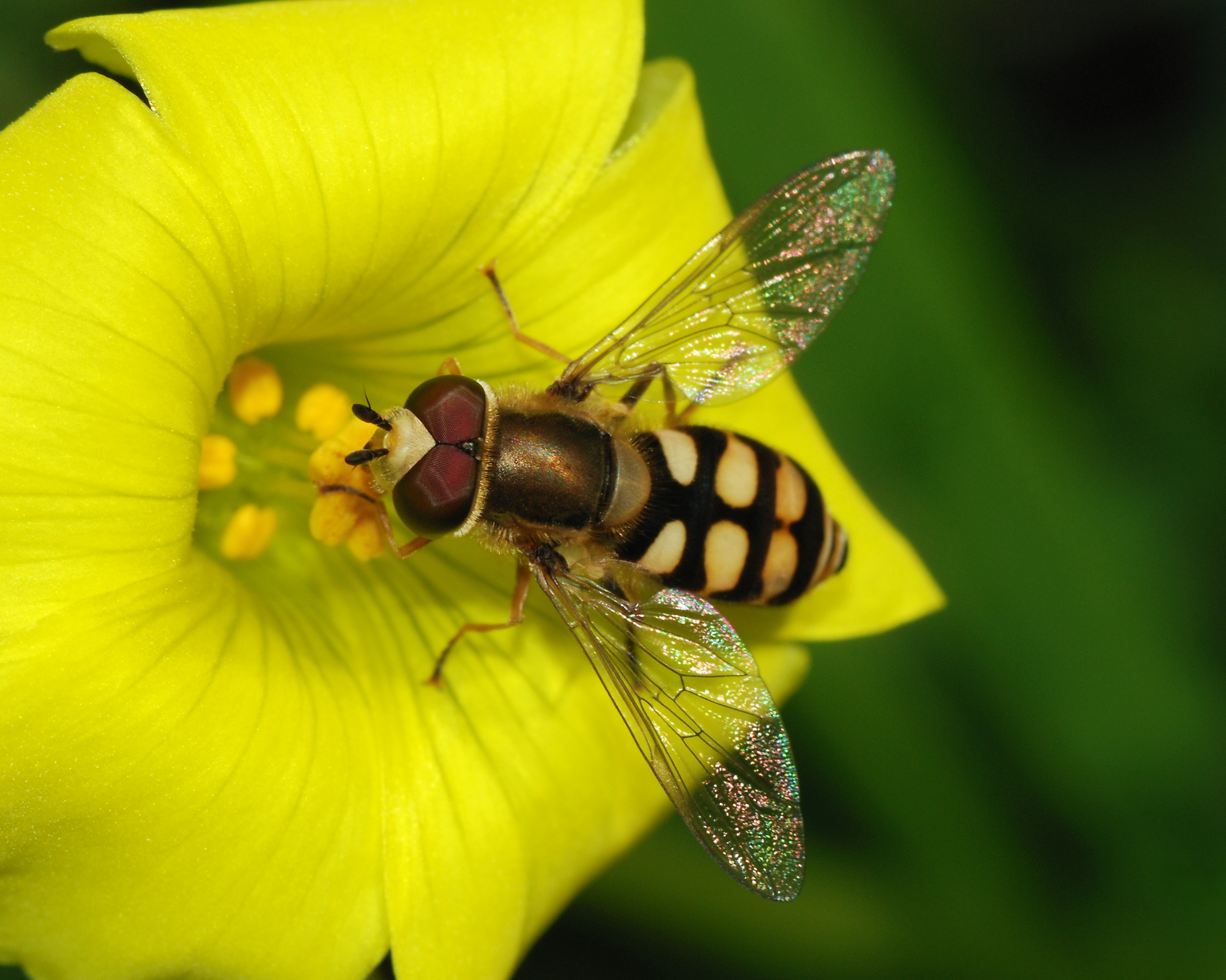
© Pexels
In nature, you find a huge amount and a huge diversity of these tricks, where animals use different types of appearance for a multitude of purposes, from attracting mates to attracting pollinators in the case of flowers, but also to camouflage with the environment.
Biological light engineering
I would like to highlight some of the misconceptions about color. The first is that we are so used to having it around us, and we take it a bit for granted, that sometimes we don't really appreciate its functional value. The first take-home message is that color is an important form of communication, not just for us as humans, but for the entire living world.
The second is the misconception that color can only be produced by pigment, because that is what we are mainly used to. Actually, color can also be produced through this interference mechanism.
Third – and maybe this is not only about color, but more about how light is manipulated in living organisms – we often take for granted how much engineering is involved in the structure of living cells, which are designed to interact with light. Even in something like a tree, there can be incredibly interesting structures – architectures – that develop in very simple organisms in order to interact with light in a highly sophisticated way. This is the third message worth getting across.
Editor’s note: This article has been faithfully transcribed from the original interview filmed with the author, and carefully edited and proofread. Edit date: 2025
Discover more about
Color in Nature
Parker, R. M., Zhao, T. H., Frka-Petesic, B., & Vignolini, S. (2021). Cellulose photonic pigments.. arXiv preprint arXiv:2110.00410.
Jacucci, G., Vignolini, S., & Schertel, L. (2020). Colors from correlated disordered photonic systems—can we outperform nature?. arXiv preprint arXiv:2006.05230.
Middleton, R., Sinnott-Armstrong, M., & alii. (2020). Viburnum tinus Fruits Use Lipids to Produce Metallic Blue Structural Color. Curr Biol. 2020 Oct 5;30(19):3804-3810.e2.
Dumanli, A. G., Kamita, G., Landman, J., van der Kooij, H., Glover, B. J., Steiner, U., & Vignolini, S. (2014). Controlled, bio-inspired self-assembly of cellulose-based chiral reflectors. Advanced Optical Materials, 2(7), 646–650.